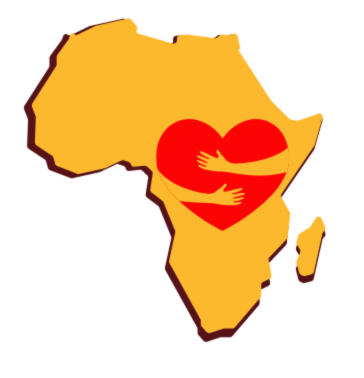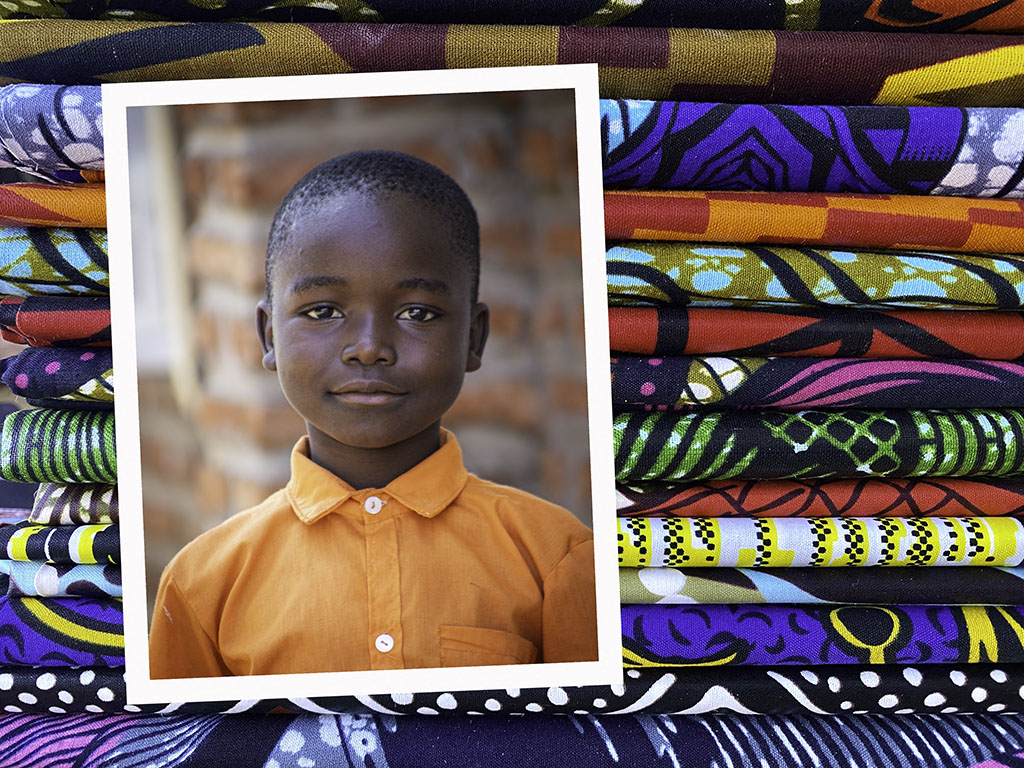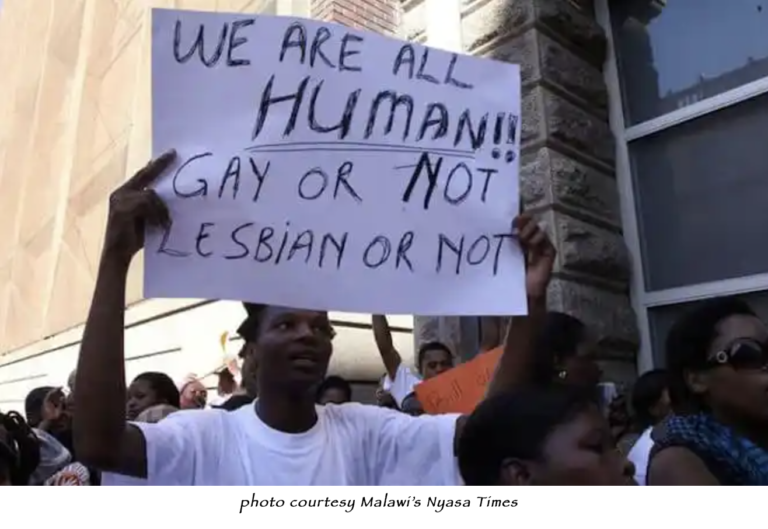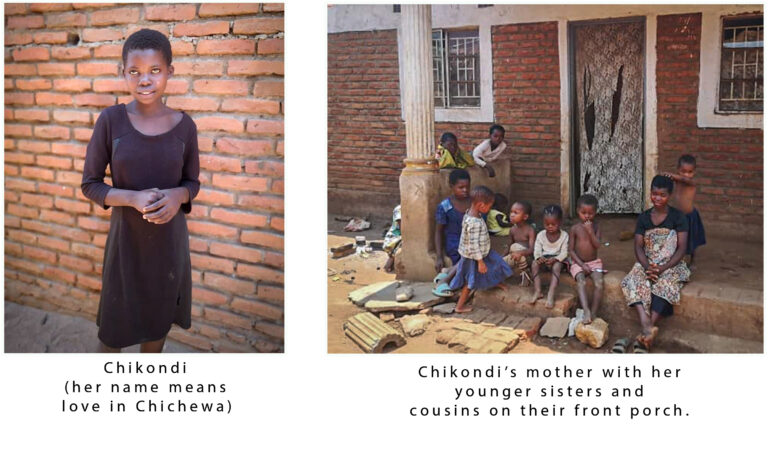Did you know that the continent of Africa is actively splitting into two pieces? It’s true. It’s in the process of breaking into separate tectonic plates at a rate of approximately eight millimeters per year or so, according to the people who study that sort of thing. The Great Rift Valley, as the dividing line is called, runs directly down the length of Malawi. It’s quite fascinating if you’re a nerdy scientific type, but for those of you who are just here for the stories, I’m going to tell you how this has to do with the fact that Hadji, one of the kids in our program, wants to be a tailor.
The Egyptians in northern Africa have been cultivating the flax plant to weave linen for thousands of years. (Yes, the seeds they put in your breakfast muffin are also used to make clothes.) Fabric production on the continent has flourished over the generations, and traders have systematically made their way down the waterways of the Great Rift Valley, peddling the bright panels of fabric that are so popular in Malawi today. (I just seriously condensed thousands of years of history for you so you can sound smart to your friends but not have to read a lot. You’re quite welcome.)
The fabric panels are called chitenjis (chi-TEN-jeez), and they’re usually made of cotton now. They measure about three by six feet and are often heavily starched. Because of the expense of creating the cloth, chitenjis have historically been used as one whole, uncut piece so that none of the valuable threads are wasted. Malawians use them as wrapped skirts or as slings to carry babies on their backs. They also tie up market goods in them for the journey home or even lay them out on the ground to sit on. They use them as shade from the sun or a curtain over a window or a blanket for a child. They’re used for just about everything you can imagine a rectangular piece of cloth could be used for. And, in more recent years as production has become faster and cheaper, they’re more commonly used in tailoring. If you travel to Malawi, you’ll see shirts, pants, dresses, bags, and home decor made from cut chitenjis. Sometimes they don’t even remove the sticker that identifies the manufacturer; they just sew it right into the garment!
So, what does this have to do with our Hadji? Well, we often ask the kids in the HUGS program what they want to be when they grow up. We don’t just do this to make conversation. The fact is, children in developed, first world countries grow up believing they can be anything, which might mean a veterinarian or an actor, a pilot or even a geologist. Kids in first world environments have access to books and media and education that exposes them to the plethora of possible career choices. If you ask a group of thirty different kids in the United States what the want to be when they grow up, you may get thirty different answers. The sky’s the limit for them because their exposure is vast.
For the kids in the village, however, they almost always answer the same handful of professions—even if you ask them apart from one another. The simple reason is that they’re only aware of a handful of possible careers. When we asked Hadji recently what he wants to be when he grows up, he said he wants to be a tailor. It’s not any coincidence that he’s from a Muslim family whose lineage can be traced back to the cloth traders who made their way down from northern Africa and who now make up the better part of the tailoring industry in Malawi. It’s a good, solid reputable trade and a fine family business to follow. Simply put, Hadji may want to be a tailor because he comes from a family of tailors. But he may also want to be a tailor because he doesn’t realize that he can be anything else.
Our main goal for the HUGS kids is that their education will center around the Gospel of Jesus Christ and expand their horizon to spill out over the borders of the village and into the Kingdom of Heaven. We strive to open their eyes to the vastness of the world they live in. Instead of settling only for one of the limited careers they see on the local streets of their hometown, we want to give them a chance to aspire to whatever God may be calling them to. We believe we have future surgeons, astronauts, and theologians in our midst. We will be equally as proud to introduce our future salesmen, farmers, and tailors, but we want to be sure it’s what they are called to and not what they’ve inherited for lack of opportunity. We hope one day to hand the HUGS for Tomorrow ministry to our own graduates to raise up and teach their own children.
If you like what we’re doing and you want to help us help these kids reach their potential, please consider supporting our program. One way you can do that today is by going to the “Donation Station” on our website and donating to receive an authentic chitenji panel. If you do, we would love to see a photo or hear a story about how you use it. Thank you and, as always, God bless you for your generous support!








This is so true. You are doing a wonderful job of showing these children that there are other possibilities that they cannot even imagine.
One Malawian told me they like Americans because we have ideas. They have so little exposure to the outside world that it is hard for them to become entrepreneurs or come up with business ideas outside of their known realities.
Thank you for your comment, Reda. These kids are absolutely full of potential, and we can’t wait to see what they do with it.